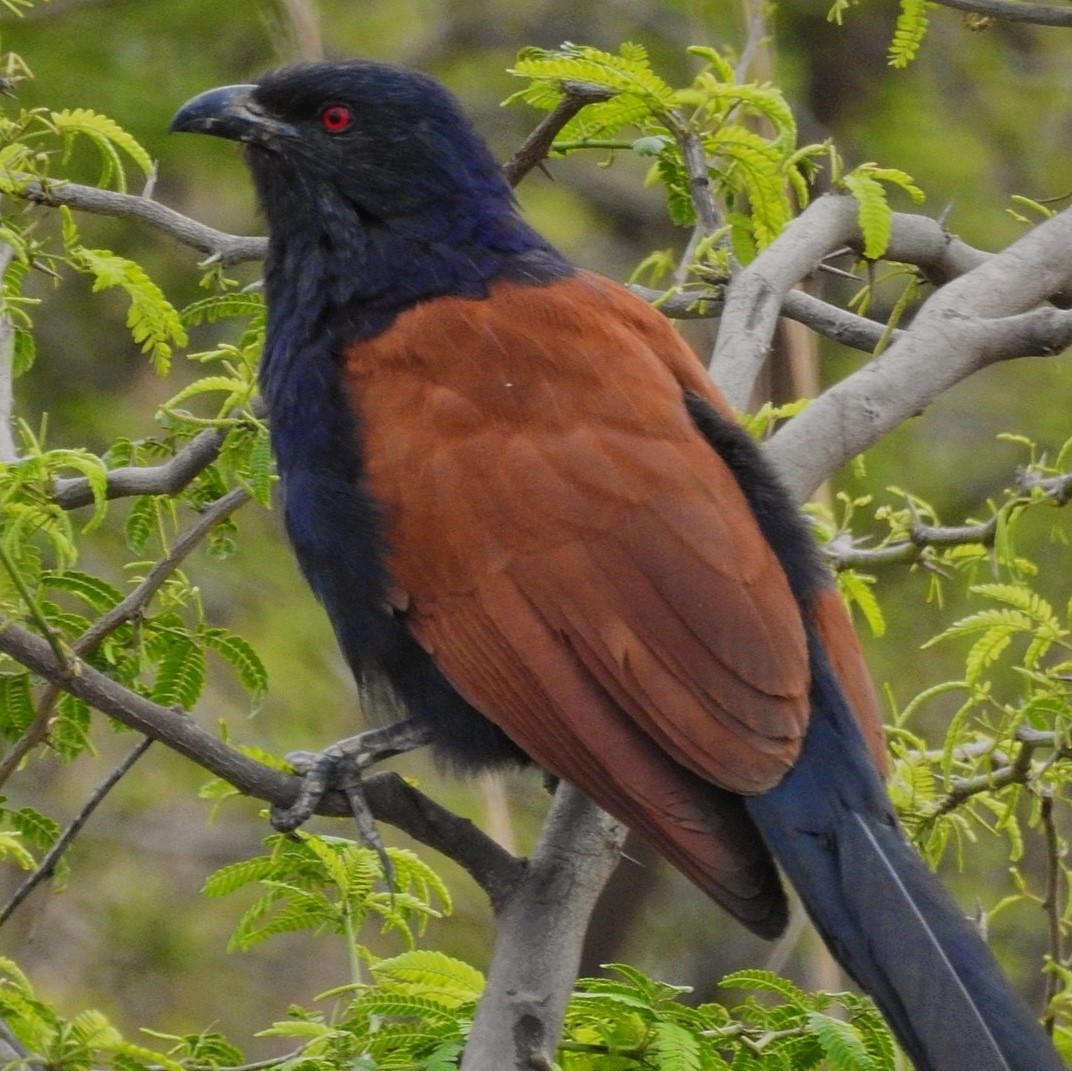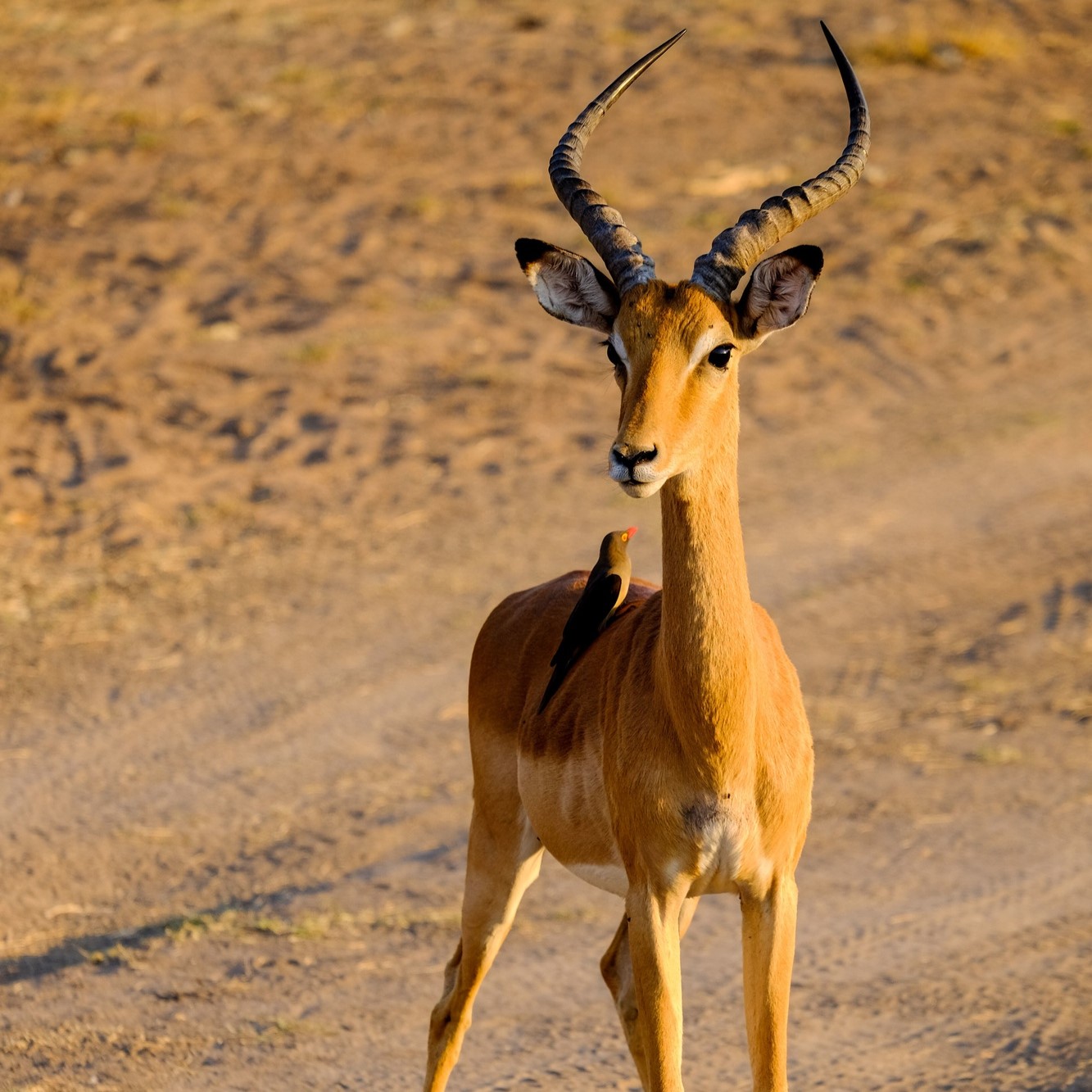Last year, in July 2022, a few hunters hunted seven rare Chinkara deer and one rabbit near Godhiar and Rangilo villages of Tharparkar’s Chinkara Game Sanctuary. Once the villagers became aware of this, they rushed to apprehend the hunters.
Local residents have repeatedly complained to the concerned authorities about illegal hunting, but their officials have always refrained from taking action against poachers, lamenting a lack of resources. On this, the villagers in the sanctuary decided that they would not allow illegal hunting. During the hunting season, villagers from various communities come together to guard the animals throughout the night.
Those involved in this initiative have shared details about the incident, explaining that they noticed signs of hunters’ presence in their area one night. Upon investigation, they discovered that the hunters were near the Rangilo village. The residents alerted the authorities upon observing the lights from the vehicles of the alleged hunters. Subsequently, people from Rangilo, Godhiar, Hariar, and nearby areas joined forces to track down the hunters and encircled them 15 kilometres from Mithi.

The hunters tried to brandish their weapons, but the villagers managed to apprehend three of them, while two managed to escape. The captured individuals were handed over to the Wildlife Department and the police. The community demanded that the case against the hunters be registered with the police since if it were solely a case under the Wildlife Department, the culprits could be released after paying a fine.
People protested for six hours by keeping the deer killed by these poachers at the Kashmir Chowk of Mithi, after which a case of hunting, unlicensed weapons and firing was filed against Uttam Singh, a youth of village Rangilo, at the police station Mithi. In this case, the hunters were sentenced to three months and 21 days. Apart from this, the hunters deposited a fine of 23 lakh 20 thousand rupees in the government treasury, and their vehicle and weapons were also seized.

Before this incident, a similar event occurred in 2019 when people from the village of Kharo Junejo in Mithi spotted hunters but didn’t receive any assistance from the relevant authorities despite reporting the situation. In response, the villagers came together, apprehended five hunters, and handed them over to the Wildlife Police, who were fined 1.5 million rupees before being released. In this case, three officials were also suspended.
In 2020, the Sindh Assembly passed the Wildlife Protection, Preservation, Conservation, and Management Act. According to this act, the illegal hunting of one ibex would incur a minimum fine of seven lakh rupees, while the illegal hunting of urials could result in fines of up to 1.4 million rupees. Chinkara hunting could lead to penalties of two lakh rupees, and illegal hunting of leopards could result in penalties of up to ten lakh rupees.
Hunting wild donkeys, wolves, and Indus dolphins could incur fines of five lakh rupees each while hunting blackbucks could result in fines of 2.5 lakh rupees. Illegal hunting of rabbits could lead to a fine of 20,000 rupees.

As per this law, the Department of Wildlife will have the authority to register FIRs directly, arrest individuals without a warrant, and impose fines in cases of violations.
The Thar Desert, spanning over 19,000 square kilometres, is considered the home of wildlife. In this region, illegal hunting of rare animals like the Chinkara, wild rabbits, peacocks, and other wild birds is common. The Chinkara is listed among endangered species by the International Union for Conservation of Nature (IUCN).
The government has established two wildlife sanctuaries in Tharparkar to protect these vanishing animals. One of these is the 940 square kilometre Chinkara Game Sanctuary in Mithi, while the other is the 8,300 square kilometre Rann of Kutch Game Sanctuary in Nagarparkar.
In these game sanctuaries spread over such a large area, only seven people are deployed to protect the animals and catch poachers without even having the necessary equipment.

Mirpur Khas Division Deputy Conservator of the Wildlife Department, Mir Ijaz Talpur, confirms that there is a noticeable decline in the population of endangered wildlife in Tharparkar.
“A formal census of the animals and birds in Tharparkar has not been conducted. However, an estimate suggests approximately 5,000 Chinkaras, a rare species, are in the region. Over the past five years, 68 cases of illegal hunting have been reported here, resulting in fines totalling 44 lac 21 thousand rupees imposed on the hunters. In one case, the hunters were sentenced to one year in prison and fined 20,000 rupees, while two other cases are pending in the courts.”
He says that the Wildlife Department’s Forest protection staff consists of only six guards and one inspector. The positions of sepoys, assistants, game officers, inspectors, and junior clerks remain vacant. There are also no runners, watchmen, and drivers.
Also Read

Decline of urban wildlife in Lahore: Causes and solutions for bird population restoration
He also mentions that the two designated regional officers work in other districts. Game Officer Ashfaq Memon is currently assigned to Karachi, carrying out his duties there. The other officer, Anwar Somro, is currently on duty in Badin.
“We only have two vehicles for the entire division. One pickup vehicle is used for the division’s operations, while the jeep is designated for Tharparkar district. We receive only 40,000 rupees monthly for fuel, which is exhausted in just two rounds.”
Forty-five-year-old Saraj Sumro is a member of the Tharparkar District Council. He says that wildlife is considered a part of the household in this region. The local consensus is not to engage in hunting. He explains that even his village, Godhiar, falls within the boundaries of the Chinkara Sanctuary. When there is an instance of hunting, all the surrounding people join forces to track down the hunters. They stay awake at night to protect wildlife. Despite these efforts, some hunters manage to be successful through covert methods.
Saraj Sumro mentions that if the Wildlife Department has more resources, only then can they play a more effective role in wildlife conservation.
Published on 17 Oct 2023




















